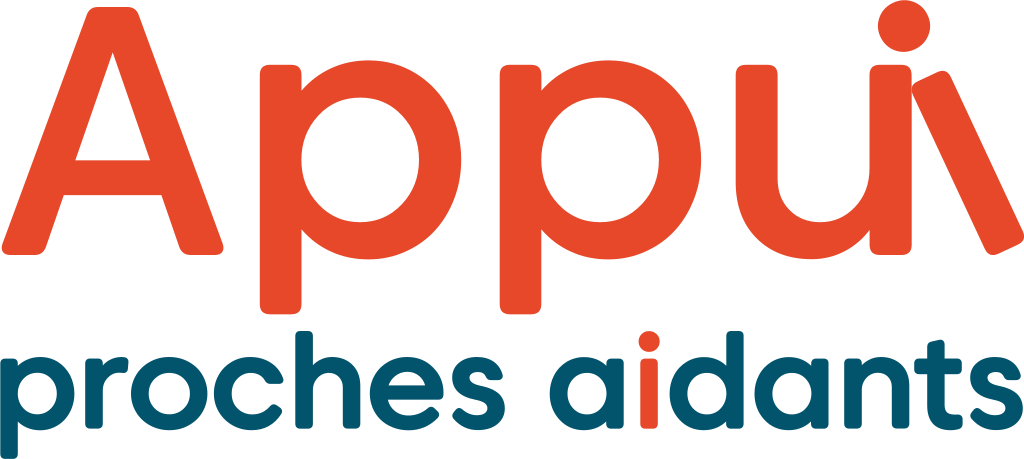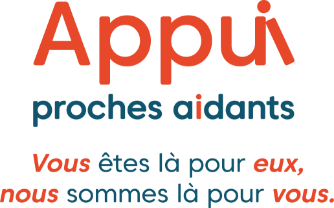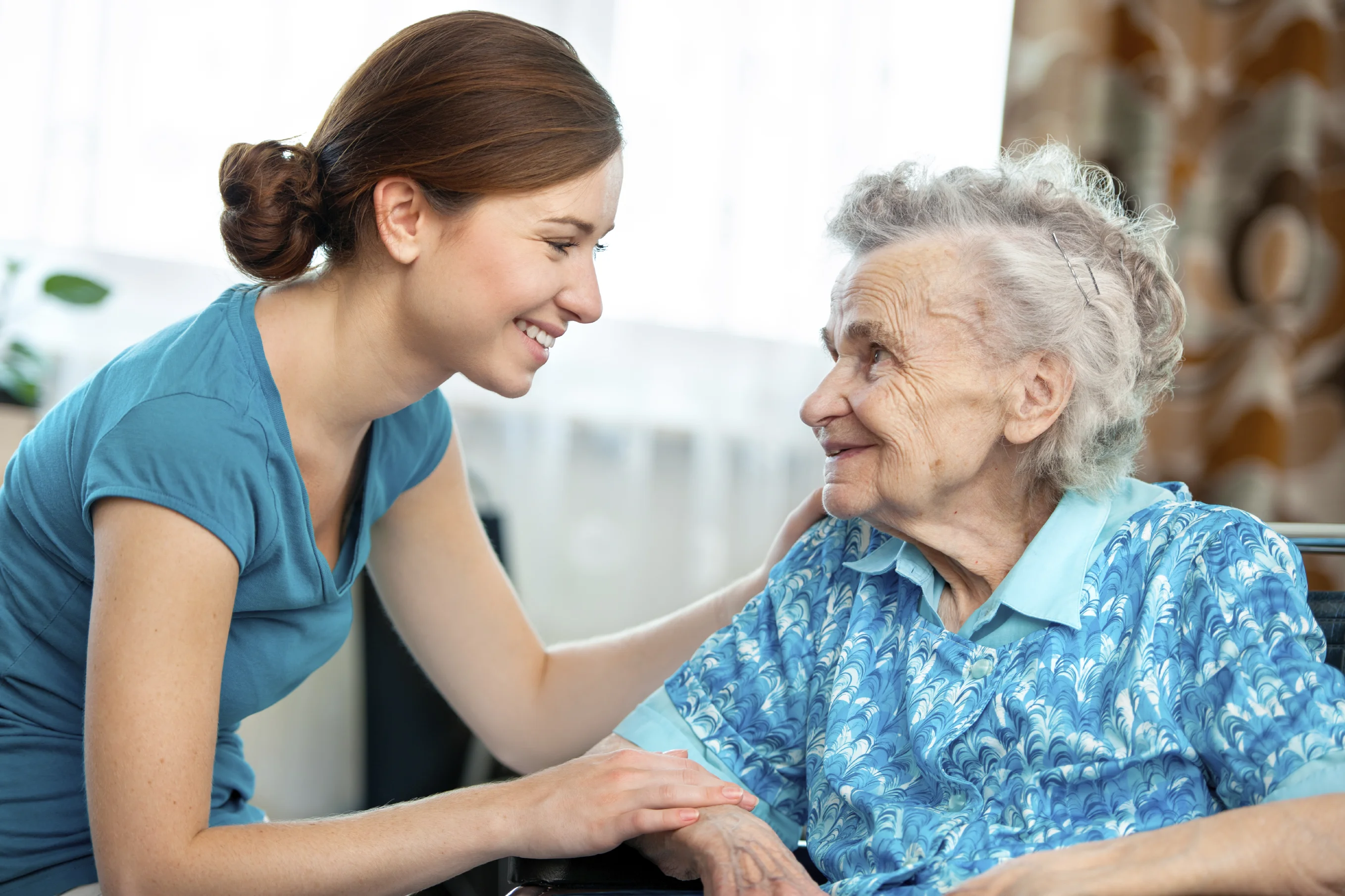As a caregiver, balancing your role, your family and your work can be difficult. Drawing a caremap could help you in this process by identifying your needs and your support network.
Taking care of a loved one can be very demanding. Dedicating time to your family and your professional activities, while finding time for yourself and preventing burnout is an everyday challenge. We often recommend that caregivers ask for help from their family, their friends and/or community resources. More often than not, they have not specifically identified what help they need, thus making it hard to seek help from family and friends.
The caremap is a visual tool designed for caregivers. Its purpose? To allow you to see your support network quickly and easily. Caught up in your daily routine, you might not think of everyone who might be there for you. The caremap helps you identify these people in your caregiver journey. It also helps you figure out how to get them involved.
How to create your caremap
Before you draw your caremap, try to identify what guarantees your quality of life or what is missing to make it optimal. Do you wish that somebody could fill in for you for a few hours on a Saturday morning while you do a sports activity? Would you like to have more time to cook? Do you need more sleep? Naming what is missing allows you to formulate more specifically the type of help you might need.
To map your support system, you first need establish a list based on these four questions:
- Who lives with you? (your loved one, your partner, your children…)
- Who do you take care of? (your loved one, your children…)
- Who else looks after your loved one? (family, community centre, day camps for children …)
- Who takes care of you? (neighbours who ask how you’re doing …)
The answers to these questions reveal all the people who may provide you with support, comfort and an attentive ear. In this respect, family members, friends, health professionals such as your family physician, your social worker and even your pets count!
Next, take a piece of paper and write your name in the centre. Then draw circles and put the names of all the people from your list in these circles as follows: the further the person is from you geographically speaking, the further the circle in which their name is placed will be from your name.
Cartographie_Exemple
Fig. 1. Atlas of caregiving: Caremap, 2019. © Atlas of caregiving
What information can you draw from this?
At a glance, you can visualize your support network. Who is involved? Who can take care of your loved one, of you? Are there key members of your family or your friends who should be there but aren’t? For example, your loved one’s brother, who comes over once a week? Or a colleague who wants to help but does not know how? Could there be a way to involve them more if you want to? Perhaps you could obtain the help of a professional, but you have not sought it yet?
This exercise takes time, but it is necessary to help you reflect on your role. By looking at your map, you might gain a better understanding of the source of your fatigue and why extra help from your family, the community or health and social services is important to consider.
Develop an action plan to build a support team
The caremap is a tool for caregivers, but it can also serve your family and friends. They might also understand your tasks better when they see them mapped out.
In order to coordinate your caregiver role, your family life, your work and your activities, you need to be able to count on a team that the caremap can help you identify.
Building a team also means accepting outside help. Whether out of fear of rejection or a matter of independence, many caregivers have difficulty with this. However, the problem can often lie in how to ask for help. Do not hesitate to clearly ask for what you need. For example, you need someone to give your loved one breakfast, because you have to go out between 8 am and 10 am Tuesday. Your family or friends will have a date, time, concrete elements, which might make it easier for them to get involved.
Next, you also have to accept having people other than you in the home, your house or your loved one’s. In other words, you have to practise letting go and accepting that you cannot control everything all the time. This resilience could lead you to take more time for yourself, while remaining involved in supporting your loved one. The difference? Your support network, which will have grown, and which may have led you to use other resources.
Our Caregiver Support service remains available to help you identify the organizations in your region that could make your everyday life easier, and thus help you prevent exhaustion and burnout. Do not hesitate to get in touch by phone at 1 855 852-7784 or by email.








